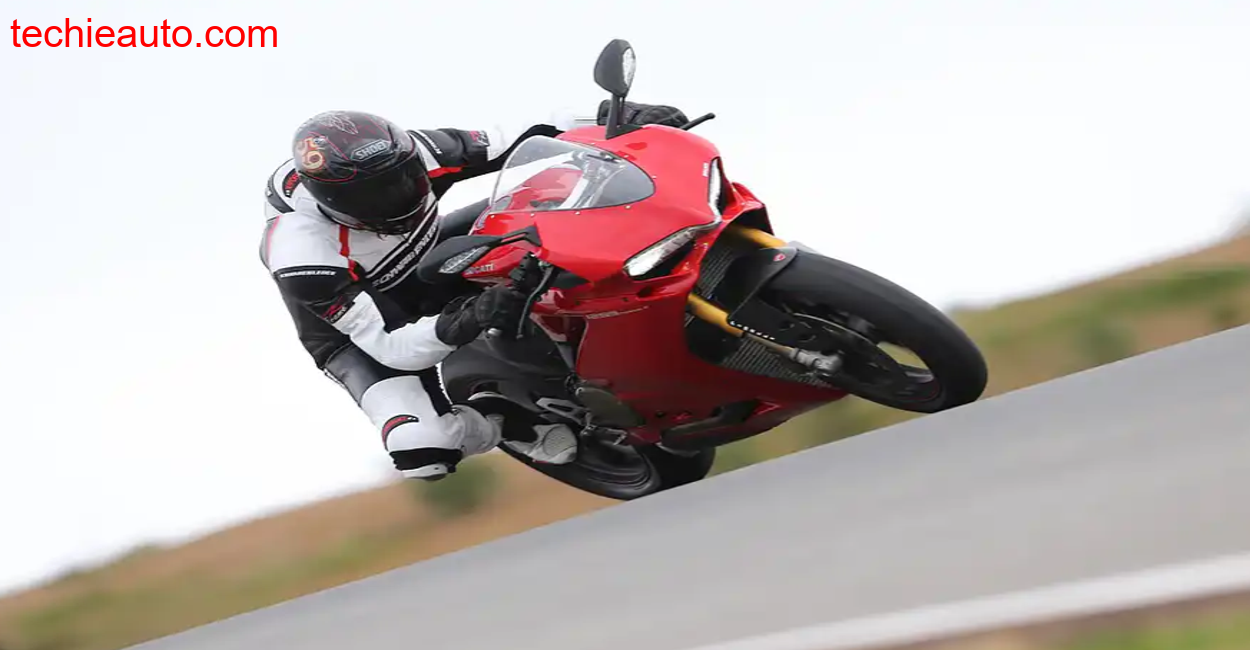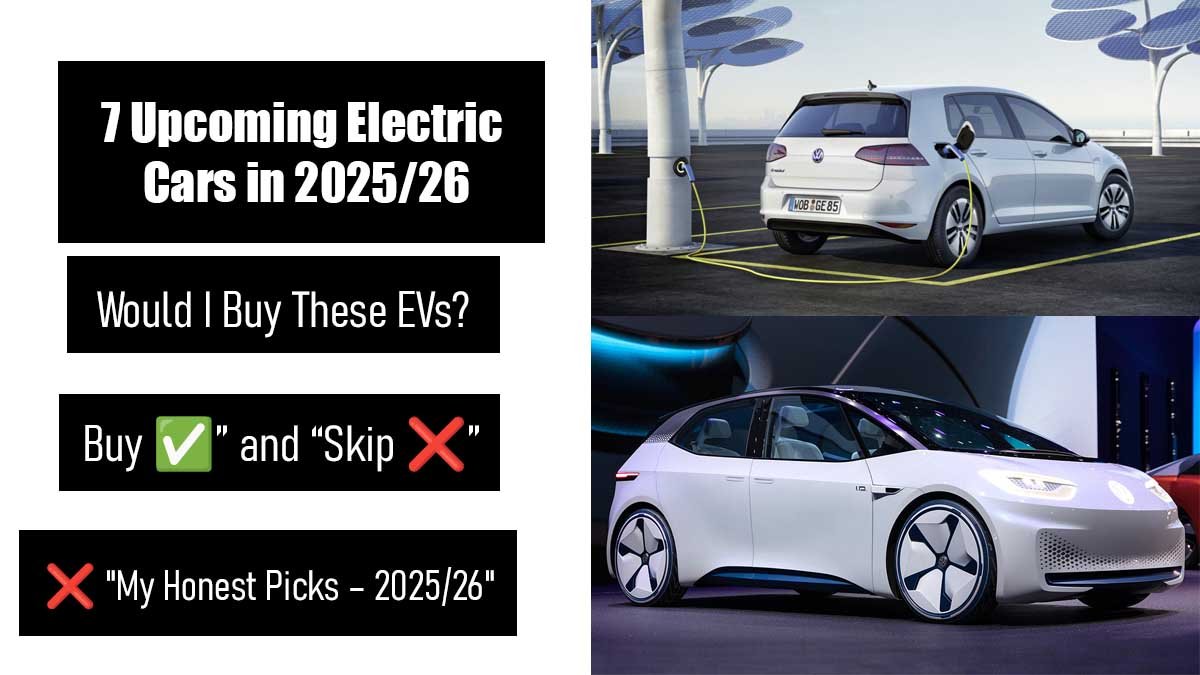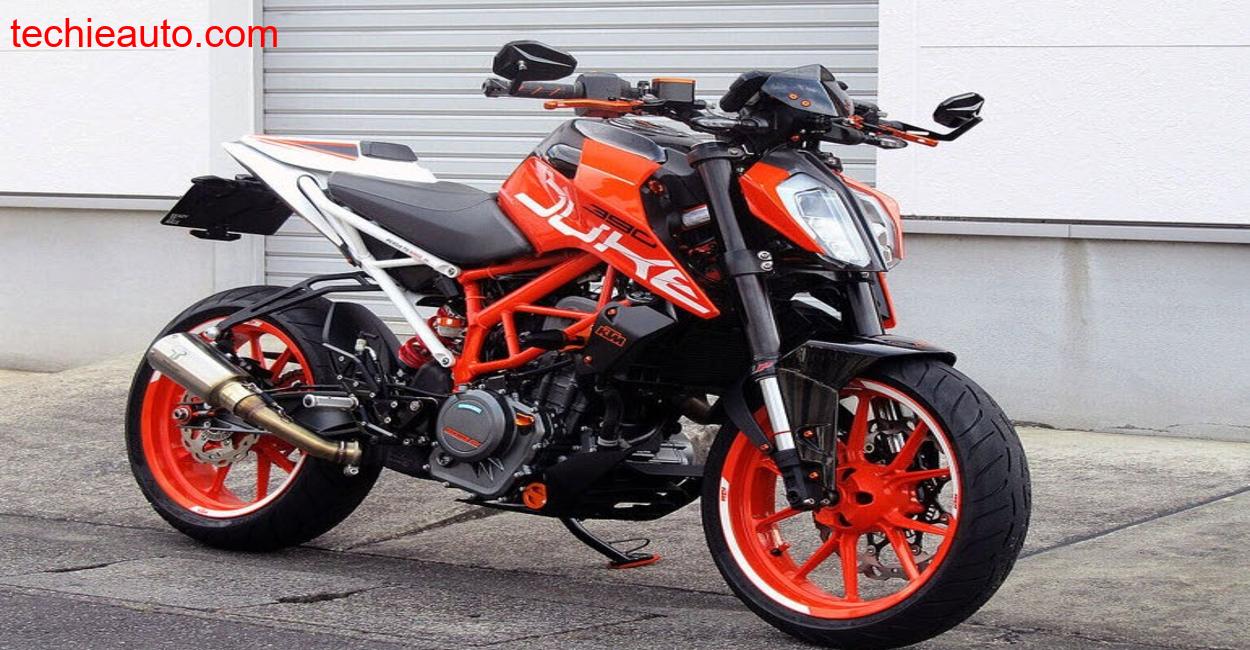A Red Rocket in the Thin Air. You never really forget your first breath in Leh, thin, sharp, and humbling. Oxygen doesn’t come easy at 11,500 feet, and neither does taming a machine like the 2015 Ducati 1299 Panigale S. As I stood there, breathless from the altitude and the presence of this crimson sculpture, it wasn’t just another test. This was a showdown between man, machine, and mountain. The road out of Leh was a strip of cracked tarmac curling like a ribbon through cold granite cliffs. No sound. Just the whisper of wind and a red beast waiting to unleash something feral.
Ducati 1299 Panigale S: First Lap in Rain Mode
We started cautiously. Not because of fear, but because the heavens above Leh don’t play fair. A sudden drizzle had glossed the road, and I thumbed the mode selector to Rain. It was like putting reins on a bull, output dropped to 120 hp, throttle response softened, traction control locked in like a mother’s embrace. The idea was simple: get familiar, feel the road, warm the tires, and listen to what the Panigale S had to say at altitude. What it said was smooth, eerily so. The Bosch 9.1MP cornering ABS played its part masterfully, curbing even the most stubborn slide on the damp switchbacks. Each downshift echoed with a soft blip courtesy of the Ducati Quick Shift system. Even in neutered form, the Panigale felt alive, breathing, calculating, learning me. Up ahead, Khardung La loomed like a wall, the road wet, the corners tighter. The traction control (DTC EVO) nipped in cleanly as the rear tried to slip exiting turn 4. Ducati’s DWC (wheelie control) never let the front rise, even though my wrist twitched more than once. It was like riding with a ghost rider coded in Bologna, watching your back, reading the road, knowing when to trust you.
Ducati 1299 Panigale S: Turn 2 in Sport Mode
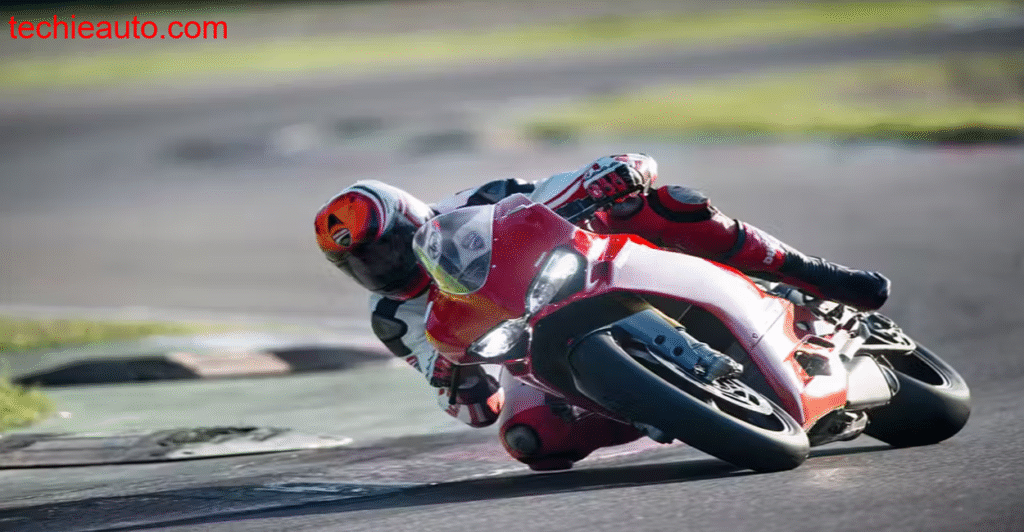
By the time we reached the War Memorial bend, the clouds began to clear. I pulled over, switched to Sport mode, and gave the Panigale S its first real taste of freedom. This wasn’t rain-dampened restraint. This was 205 horses fed through Ducati’s Superquadro engine with a full torque surge of 145 Nm at 8,750 rpm. I twisted the throttle, and the 166.5 kg (dry) bike lunged forward with surgical anger. Corner entry at turn 2 was a dance, front end slightly wider than its predecessor, more grip, and that Öhlins semi-active suspension responding in milliseconds to every bump. The larger 116 mm bore gave the powerband a richer, meatier mid-range. I didn’t just ride it. I surfed its power. Third gear, sweeping left, rear slipping slightly, the traction control lets it play before quietly pulling it back. It’s the kind of finesse that doesn’t announce itself, it just works. I remember dropping into a steep descent just past South Pullu, and as I blipped down to second, the quickshifter hit every note like a tuned violin. No jolts. No drama. Just flow.
Ducati 1299 Panigale S: The Next Turn in Race Mode
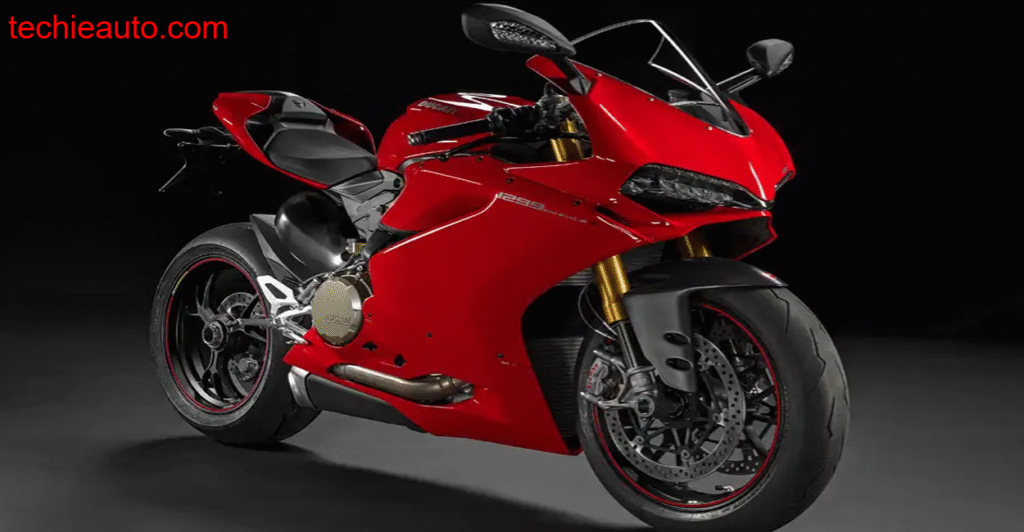
Khardung La Summit. The air was painfully thin now, but the road? Bone dry. It was time.
Race Mode.
Throttle sharp as a razor. ABS reduced to the bare minimum. Suspension firmed up. Lean angles flirted with the ridiculous. This was the Panigale’s home turf, even if it happened to be a 17,500 ft Himalayan pass today. I dove into a hairpin, the kind that would spook most literbikes. Full brake, 215 km/h down to 80 in seconds, Brembo M50s chomping on 330 mm discs like a wolf on bone. The Bosch cornering ABS modulated with freakish precision. My eyeballs didn’t pop, they adjusted. The rear Pirelli Diablo Supercorsa SC bit into the earth like it was made for mountain tarmac. You could feel the rubber flex, dig, and release, a conversation with every inch of asphalt. The lean came so naturally I forgot how low I was. Full throttle on the exit, second gear, DQS slammed me into third like a race engineer was whispering cues in my helmet. The front lifted, DWC allowed a flirt, but no full-on wheelie. It held just long enough to feel glorious, then gently touched back. Controlled, beautiful, maddening. Each crest became a test of faith. At times, the front would lift over a bump and hover, the Öhlins NIX30 USD fork kept composure like a ballet dancer mid-pirouette. No chatter. Just grace.
Technical Specifications
| Specification | Detail |
| Engine | 1285cc Superquadro L-Twin, Desmodromic |
| Bore x Stroke | 116 mm x 60.8 mm |
| Compression Ratio | 12.6:1 |
| Max Power | 205 hp @ 10,500 rpm |
| Max Torque | 145 Nm @ 8,750 rpm |
| Dry Weight | 166.5 kg |
| Front Suspension | Öhlins NIX30 43mm fully adjustable USD fork |
| Rear Suspension | Öhlins TTX36 monoshock |
| Front Brake | Dual 330 mm discs, Brembo M50 monobloc calipers |
| Rear Brake | 245 mm disc, 2-piston caliper |
| Tires | Pirelli Diablo Supercorsa SP |
| Frame | Monocoque aluminium |
| Electronics | Cornering ABS, DTC, DWC, DQS, Riding Modes |
| Instrumentation | Full TFT 22-inch color display |
Conclusion: The Diva? No, the Destroyer
The Ducati 1299 Panigale S is not a diva anymore. That was yesterday. Today, it’s a symphony of software, mechanical aggression, and elegance, wrapped in red skin and delivered like a missile. What it did on the Leh passes wasn’t just impressive, it was transformative. The old Panigale 1199 was a thrilling monster, yes. But it wasn’t as accessible, not as intuitive. The 1299 S, by contrast, trusts you. It lets you be fast, confidently, consistently. It doesn’t punish bad inputs, it reads them, adjusts, teaches you. From that first cautious lap in WET to the flying laps in RACE mode, it never felt like a machine trying to prove anything. It just was. Lethal. Beautiful. Honest. And that side stand? Still annoyingly fiddly.
Is the Ducati 1299 Panigale S good for street riding?
Yes, especially in SPORT mode. It’s surprisingly compliant on country roads and doesn’t demand constant aggression.
Can the electronics in Ducati 1299 Panigale S be customized?
Absolutely. Each riding mode can be tailored, traction control, wheelie control, ABS, suspension, all adjustable to rider preference.
What fuel does Ducati 1299 Panigale S need at high altitude?
Premium unleaded. Performance slightly dips above 12,000 ft, but ECU adaptation keeps the engine running smooth.
